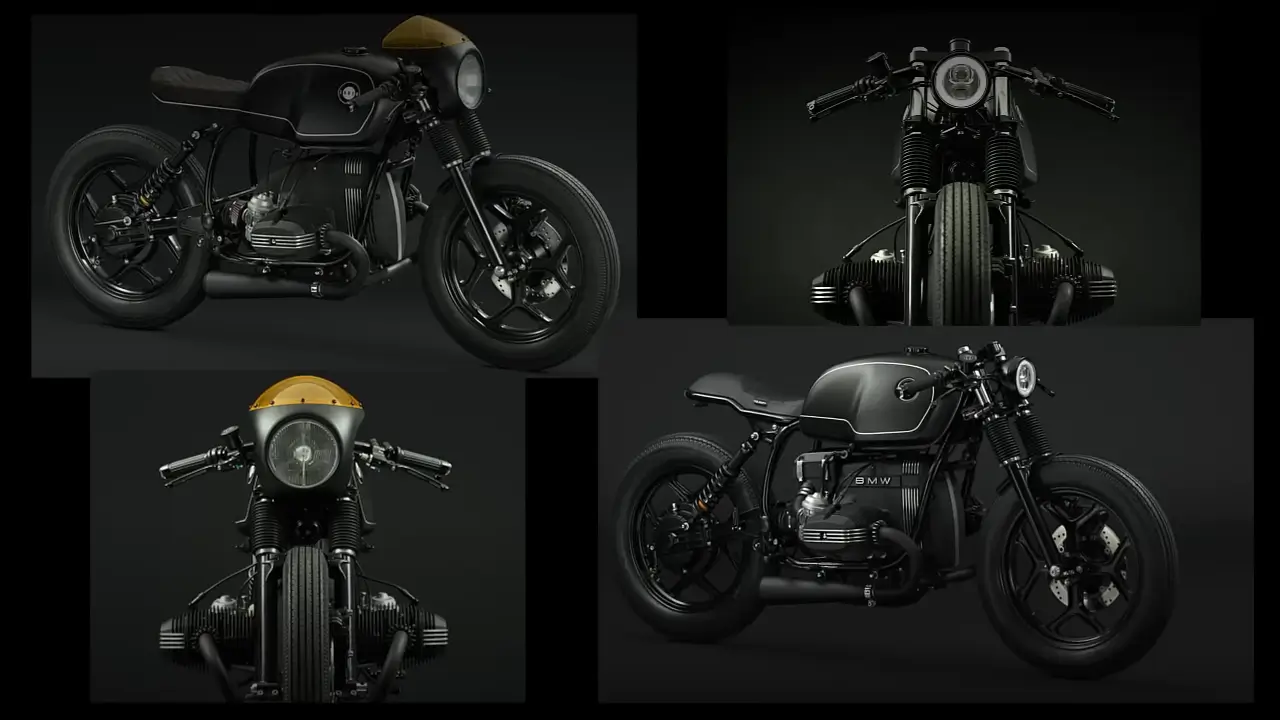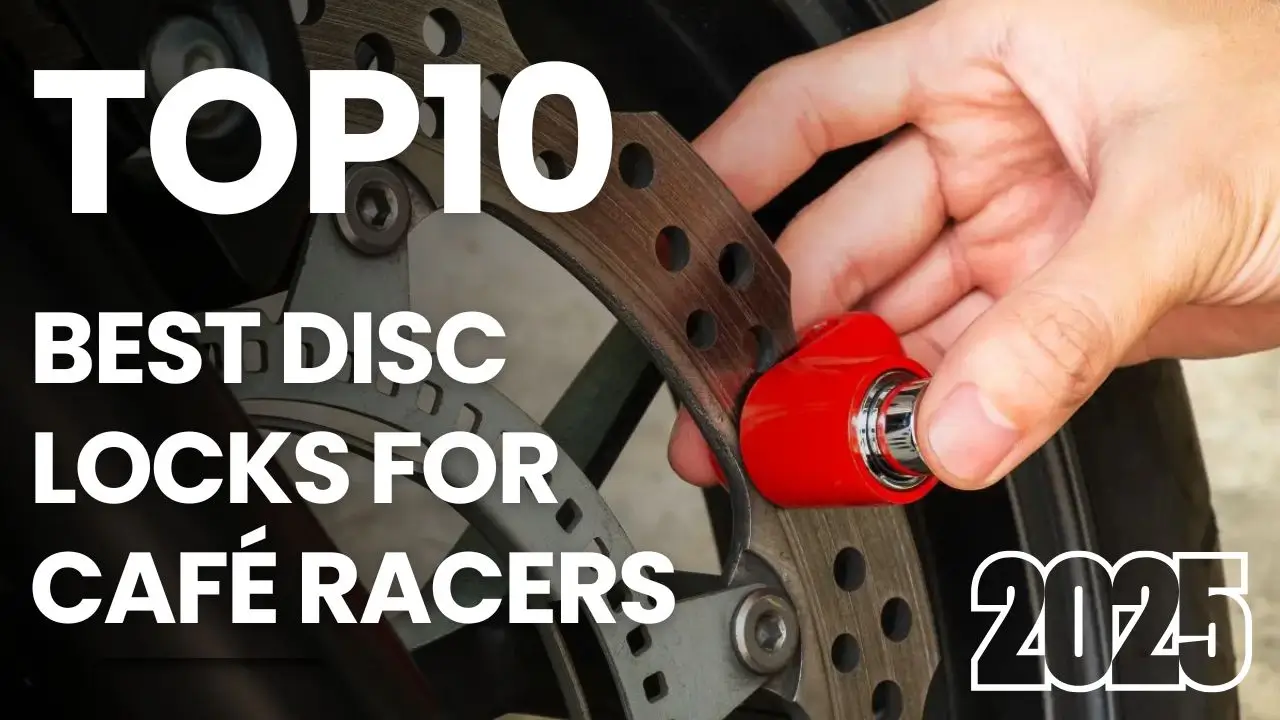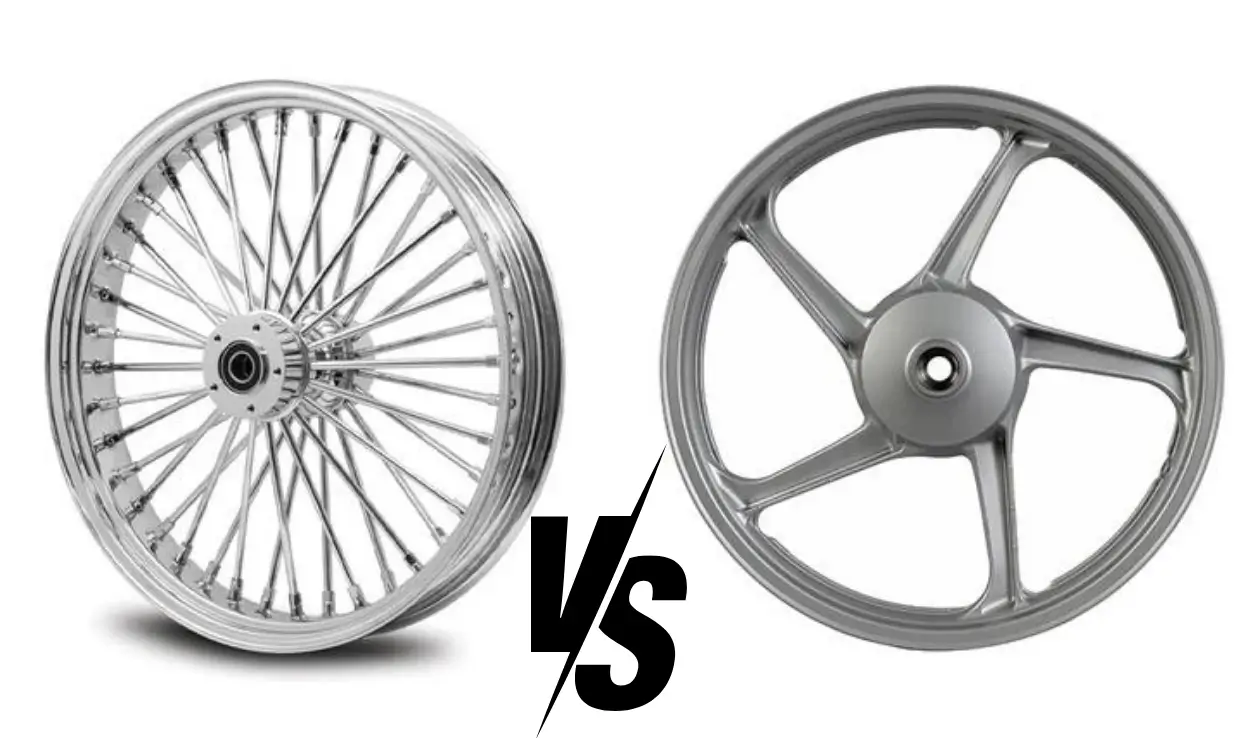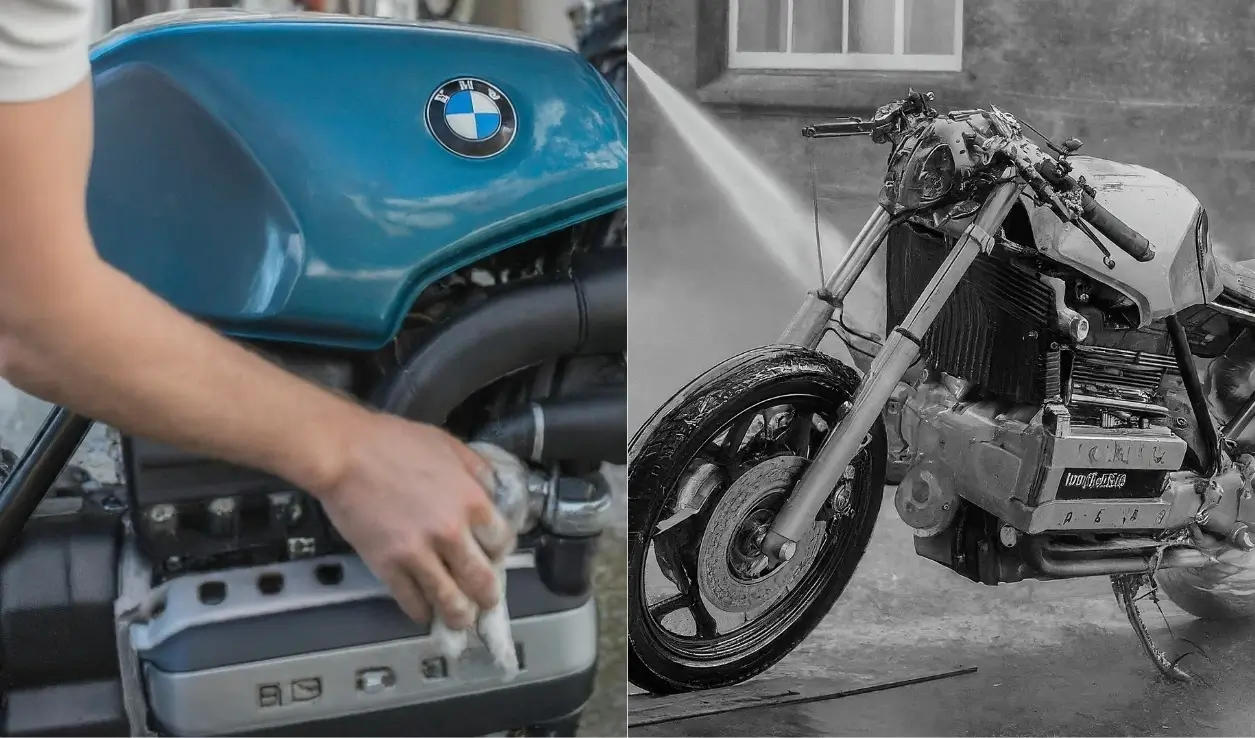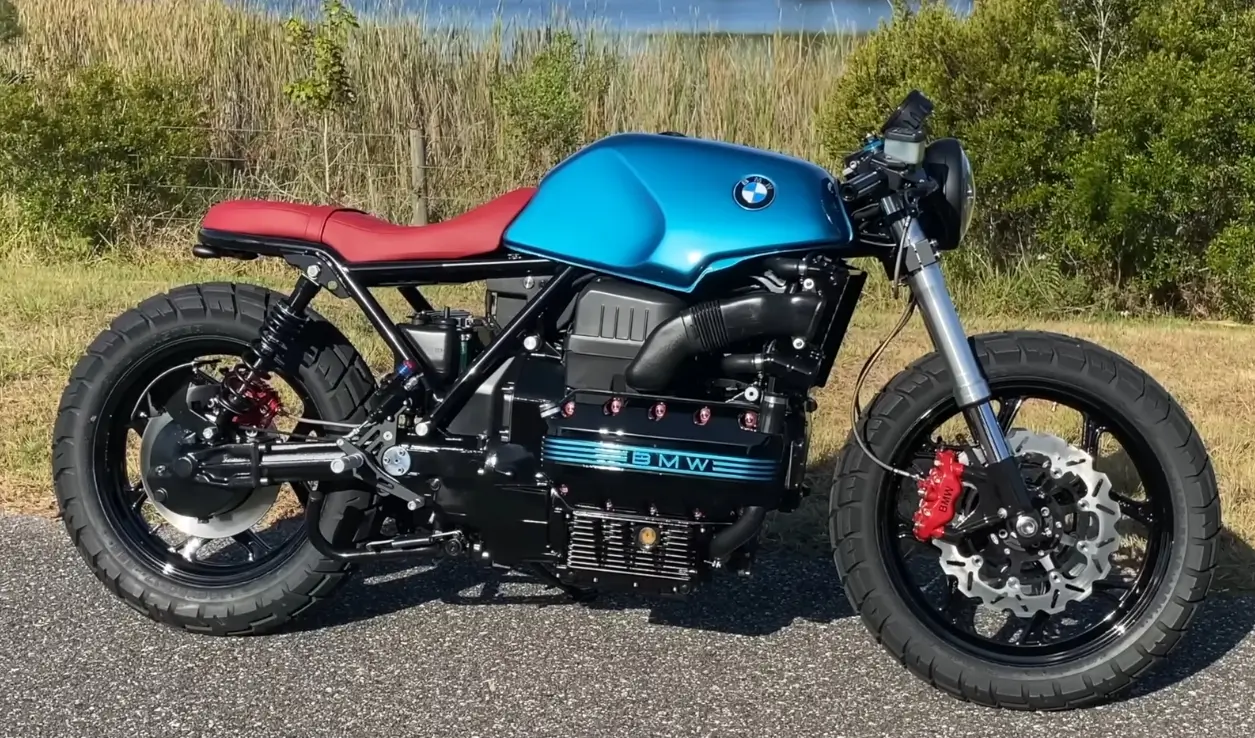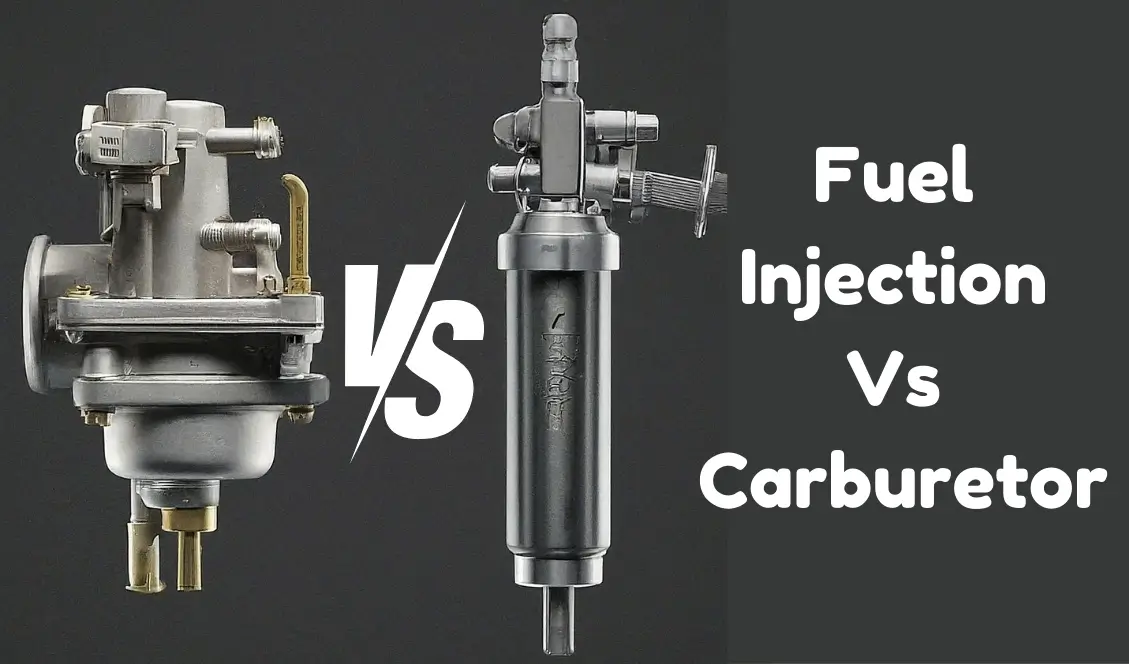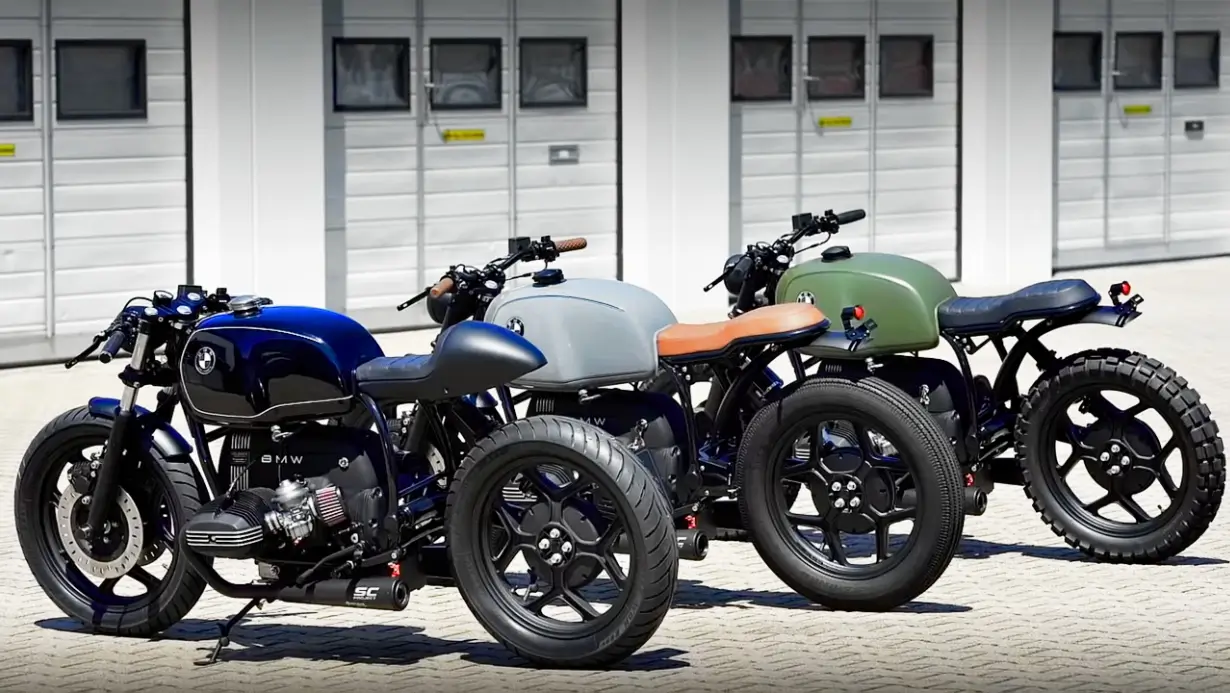Table of Contents
ToggleEngine swaps are becoming more popular in the café racer world. Builders often want more power, better performance, or a modern upgrade to an older bike. Swapping engines can make your build unique and faster, but it comes with serious challenges. Not all engines fit easily. Some swaps need frame changes, wiring work, and special tools. Before you begin, you need to understand what’s involved. This guide explains the key things you should know before starting an engine swap. It will help you avoid costly mistakes and plan your build the right way.
What Is an Engine Swap?
An engine swap means removing the original engine from a motorcycle and installing a different one. This new engine can be from the same brand or a different manufacturer. Some swaps use engines from the same model family. Others use larger or more modern engines from other bikes.
The goal is to increase performance or reliability. In many café racer builds, the stock engine may be old, weak, or damaged. Swapping gives new life to the bike. It can also allow access to better parts and easier maintenance.
Engine swaps are not the same as engine upgrades. An upgrade improves parts within the same engine. A swap replaces the whole unit. This process changes how the bike runs, feels, and performs.
Every swap needs planning. You must check if the engine fits the frame, matches the mounts, and works with the bike’s systems. Swapping also needs tools, knowledge, and time.
Why Swap Engines in a Café Racer?
Most café racer builders want better performance. Older bikes often have engines that are slow, worn out, or hard to maintain. A newer engine can give faster speed, quicker throttle response, and smoother riding.
Some builders want more reliability. Vintage engines can fail often and may not start easily. Modern engines start better, need less maintenance, and run longer without problems. Swapping reduces the risk of breakdowns.
Another reason is customization. Engine swaps let builders create a bike that feels personal. A different engine can change the sound, look, and ride of the café racer.
Some riders also swap for better parts availability. Newer engines often have more spare parts. This makes future repairs easier and cheaper.
For many, the swap is about upgrading the experience. It brings new life to the bike and offers better performance without changing the café racer style.
Popular Engine Choices for Café Racers
Some engines are more common in café racer swaps. Builders often choose them because they fit well, perform reliably, and offer strong support for parts and guides.
The Honda CB750 engine is a top choice. It has a solid reputation and enough power for daily rides. Many frames support it with minor changes. It also has wide aftermarket support.
The Yamaha XS650 twin engine is another favorite. It offers a classic look, strong torque, and a simple design. Builders choose it for both style and function. It fits older Yamaha frames with less work.
The Kawasaki KZ series engines give good power and a smooth ride. They are heavier but durable. Some builders prefer them for larger café racer builds.
Suzuki GS engines are also common. These motors are strong, easy to work on, and available at lower prices. They support performance upgrades and have good community support.
Each engine has strengths and weaknesses. Builders choose based on fit, power goals, budget, and the base bike. The right engine depends on the final build plan and how much work the rider wants to do.
What You Need to Consider Before an Engine Swap
Before starting an engine swap, you must check frame compatibility. Not all engines fit every frame. Mounting points, engine size, and shape must match or allow modification. A poor fit can affect safety and performance.
Weight is another factor. A heavier engine can change the bike’s balance. This may affect handling, especially in café racers with a lightweight frame. Always check the engine’s weight and compare it with your current setup.
Wiring systems often need updates. Older bikes use simple electrical systems. Newer engines may need different connectors, sensors, or a new control unit. Plan for full rewiring if needed.
Cooling method matters. Some engines use air-cooling, others use liquid. If your bike doesn’t support a radiator, adding one may require frame adjustments. Make sure your frame and bodywork can handle the system.
Legal checks are also important. Some regions require inspection after engine changes. Registration rules may vary. Always check your local laws before starting the swap. It helps avoid legal issues later.
Each of these points affects how hard the swap will be and how well the bike runs after. Planning before buying parts saves time and money.
Tools and Skills Required
Engine swaps need more than just parts. You need the right tools and enough skill to use them safely. Without these, the build may stop halfway or cause damage.
Basic tools include wrenches, sockets, pliers, and screwdrivers. A strong workbench, jack, and engine hoist make lifting and mounting safer. You also need measuring tools to check alignment and spacing.
Some swaps require frame changes. That means you need welding equipment. Welding must be done correctly to avoid frame weakness. If you do not weld, you may need help from a metal shop.
Wiring is also important. A swapped engine often needs a custom harness. You must understand how to read wiring diagrams. You may also need a soldering tool and wire strippers to connect parts.
Fuel and exhaust systems may need adjustment. Cutting and fitting pipes takes time and tools. You may need a grinder, clamps, or heat-resistant tape to finish the setup.
If you don’t have these tools or skills, you must plan for help. Joining a local builder group or getting advice online can help solve problems early. Each task requires care to keep the build safe and functional.
Common Mistakes to Avoid
Many builders rush into engine swaps without full planning. This leads to problems during the build. One major mistake is choosing an engine that does not match the frame. If the engine is too large or too long, it may not fit without major cutting. This can weaken the structure.
Another mistake is skipping legal checks. Some riders forget to verify local rules. A swapped engine may need re-registration or a special inspection. Ignoring this can cause legal issues later.
Builders often underestimate the total cost. Engine swaps need more than just the engine. You may need new mounts, wiring, tools, and extra parts. Without a clear budget, the project may stop halfway.
Some also forget about weight balance. A heavier engine in a light frame can affect the bike’s stability. It can also change how the café racer handles at high speeds.
Wiring errors are common. If you mix up connections or use poor-quality wires, the engine may not start. It can also cause damage to the electrical system.
Avoiding these mistakes means taking more time to plan. Every step should match your skill level, tools, and final goal.
Should You DIY or Hire a Pro?
Not every builder has the same skill level. Some can do full swaps at home. Others may need expert help. Choosing between DIY and professional work depends on your tools, time, and knowledge.
If you have mechanical experience and the right equipment, you can try it yourself. DIY swaps give you full control. You learn more, spend less on labor, and build at your own pace. But you must be ready for unexpected problems. Mistakes can cost more to fix later.
If you’re unsure about welding, wiring, or alignment, hiring a pro is safer. A custom shop can finish the job faster. They also check safety and meet legal rules. Some shops even help with registration papers.
Mixing both options is common. You can do simple tasks yourself and leave hard steps to a professional. For example, install parts at home and ask a shop to handle welding or wiring.
The key is knowing your limits. A clean, working café racer is better than an unfinished project. Choose the best path for your skills, budget, and timeline.
Final Tips Before You Begin
Start with strong research. Look at past builds, guides, and forums. Choose an engine that fits your bike model. Check if others have done the same swap. This helps avoid problems later.
Pick a solid base bike. A clean frame, working suspension, and rust-free parts save time. A damaged or incomplete bike makes the swap harder and more costly.
Make a list of all parts you will need. Include mounts, wires, fuel lines, and tools. A full parts plan helps track budget and progress. It also reduces delays during the build.
Join a café racer group or online community. Ask questions, share progress, and get feedback. Builders often share tips that save money and prevent errors.
Take clear notes during the project. Write down wiring paths, bolt sizes, and part numbers. This helps later if repairs or changes are needed.
Before turning on the new engine, check every bolt, wire, and fluid level. Test the system slowly. Fix any small issue before riding.
These steps improve your chances of finishing the swap smoothly. A clear plan, reliable parts, and steady progress build a better café racer.


